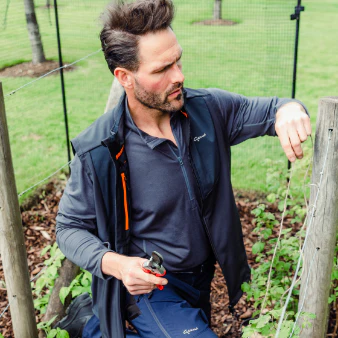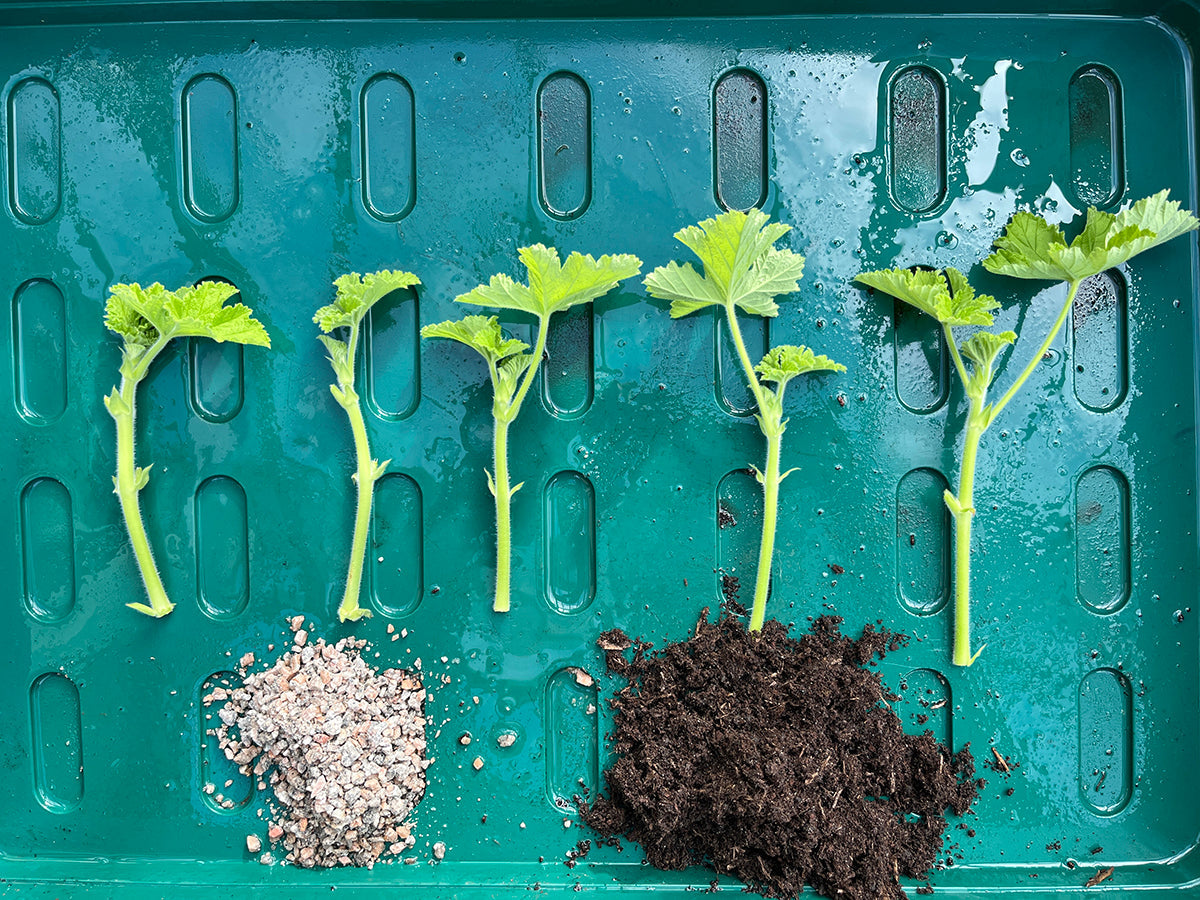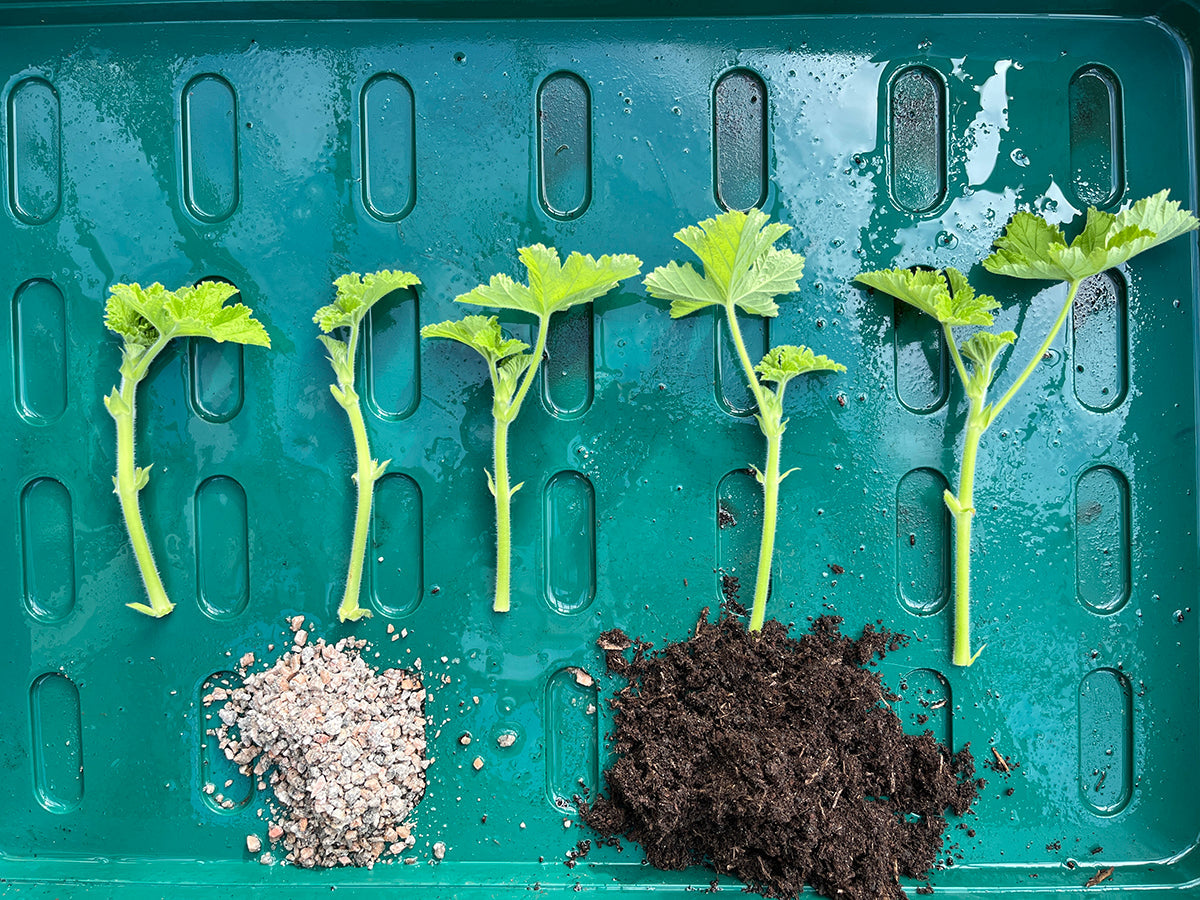Autumn sowing

In recent years we’ve been quite organised with our late summer or autumn sown seeds. Biennials such as wallflowers are often sown as early as August, and our foxgloves too.
Many other seeds languish in their packets and are easy to forget when we get busy cutting back in the autumn borders. Perusal of our seed collection at coffee time reminded us what we had and gave us a good selection of seeds that could be sown now. Hardy annuals such as cornflower and snapdragons, sweet peas ‘Cannes’, ‘Marseilles’, and ‘Cupani’, and a few perennials Rudbeckia ‘Goldsturm’, Hollyhock ‘Halo Mixed’ and Cowslips ‘Sunset Shades’ were all sown into 3 litre pots.
The vegetable garden wasn’t left out with winter hardy salads such as mustard, red veined sorrel, and lettuce ‘Gustav’s Salad. A packet of cauliflower ‘All Year Round’ was sown and despite its name we won’t risk transplanting it outside during the winter but will continue to give it some protection until about March when we’ll space out the young plants in one of our raised beds. We’re hoping this late sowing will give us a head start on spring sown varieties and ideally, an earlier crop.
Work in other parts of the garden continues with any messy looking perennials chopped back, dahlias and cosmos deadheaded, and the lawns which are still growing at a pace, cut in the afternoons when the morning dew has eventually dried off. Pictured are our cornflower seeds which were up and away within four days of sowing.











